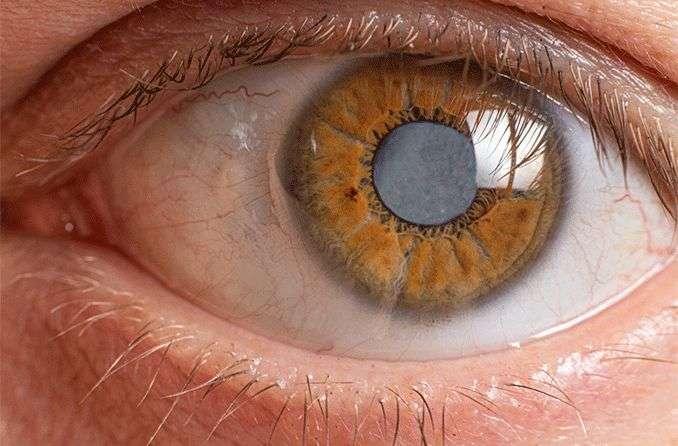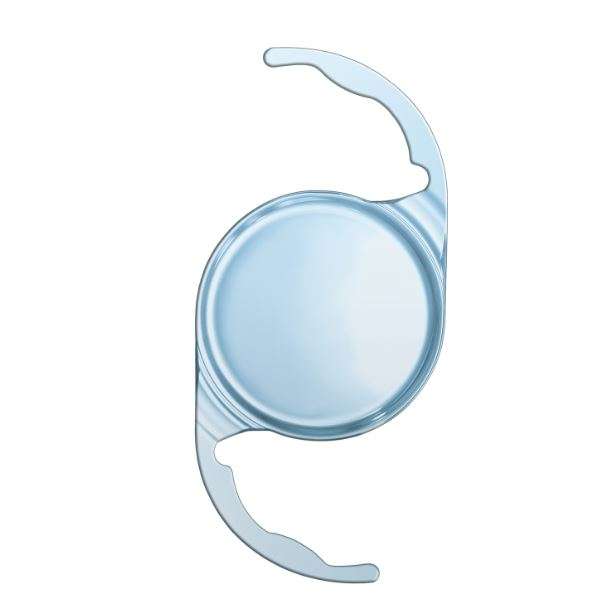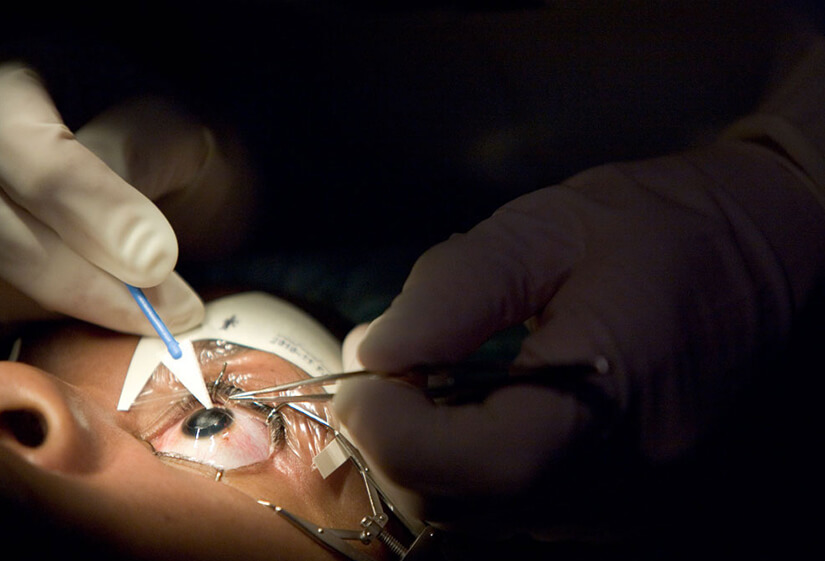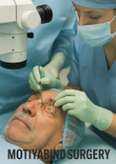Eye Surgery for Cataracts:
When did you last notice your vision becoming hazy or cloudy, like looking through a fogged window? Chances are, cataracts might be the culprit. Let’s delve into everything you need to know about Eye Surgery For Cataracts and why it’s a game-changer for those struggling with vision.

What is a Cataract?
Cataracts occur when the lens of your eye becomes cloudy, making it hard to see clearly. It’s a common condition, especially as we age. The lens, normally transparent, becomes opaque due to protein buildup or age-related changes. This affects light entering the eye, leading to blurred or dimmed vision.
Understanding Eye Surgery for Cataracts:
Cataract surgery is a straightforward procedure designed to replace the cloudy lens with a clear artificial one. It’s often performed as an outpatient procedure, meaning you can go home the same day. Thanks to advancements in technology, the surgery is highly effective and safe.
Symptoms That Indicate a Need for Surgery:
Not sure if it’s time for cataract surgery? Look out for these symptoms:
- Blurred or dim vision
- Difficulty seeing at night
- Increased sensitivity to glare
- Seeing halos around lights
- Frequent changes in your glasses prescription

If these signs disrupt your daily life, it’s time to consult an eye doctor.
Who Needs Cataract Surgery?
Cataract surgery isn’t one-size-fits-all. Here are the common types:
- Age-related cataracts: Most common, appearing after age 40.
- Congenital cataracts: Present at birth, though rare.
- Secondary cataracts: Linked to conditions like diabetes or steroid use.
Preparing for Cataract Surgery:
Preparation is key to successful surgery. You’ll undergo a comprehensive eye exam to measure the shape and size of your eye. Additionally, you’ll receive instructions like avoiding food or certain medications on the surgery day.

Types of Cataract Surgery:
There are multiple techniques available, each tailored to your needs:
- Phacoemulsification (Phaco): The most common method, using ultrasound waves to break the cloudy lens into fragments for removal.
- Extracapsular Cataract Extraction (ECCE): Involves removing the cloudy lens in one piece, used in advanced cases.
- Femtosecond Laser-Assisted Surgery: A cutting-edge option for precise, bladeless surgery.
The Procedure Explained:
Wondering what happens during the surgery?
- A tiny incision is made in your eye.
- The cloudy lens is broken up and removed.
- A clear artificial lens (IOL) is inserted.

The procedure typically takes 15–30 minutes, and it’s virtually painless.
Types of Intraocular Lenses (IOLs):
Choosing the right IOL is crucial:
- Monofocal lenses: Offer clear vision at one distance.
- Multifocal lenses: Correct both near and far vision.
- Toric lenses: Ideal for those with astigmatism.
Your doctor will recommend the best option based on your lifestyle and vision needs.
Post-Surgery Recovery:
Recovery is quick! You might experience mild discomfort for a few days, but it subsides. Follow these tips:
- Use prescribed eye drops.
- Avoid heavy lifting or strenuous activities.
- Protect your eyes with sunglasses outdoors.
Potential Risks and Complications:
Though rare, complications like infection, inflammation, or retinal detachment can occur. Most are easily managed with prompt medical care.
Benefits of Cataract Surgery:
The results are life-changing! You’ll enjoy:
- Sharper, clearer vision
- Greater independence
- A renewed sense of confidence
Cost of Cataract Surgery:
Costs vary depending on the procedure, type of IOL, and your location. Many insurance plans cover basic surgery, making it accessible to most people.
Technological Innovations in Cataract Surgery:
The integration of AI and lasers has transformed cataract surgery, offering unparalleled precision and customization. These innovations enhance outcomes and reduce recovery time.
Conclusion:
Cataract surgery is a safe, effective way to restore vision and improve your quality of life. If you’re experiencing symptoms, don’t wait—consult an eye specialist and take the first step toward clearer vision.
Author Details:
Dr. Sushruth Appajigowda holds a prominent position as a Cornea, Cataract, Glaucoma, and LASIK Surgeon in Bangalore. He serves as the chief Cataract and Refractive surgeon at Vijaya Nethralaya Eye Hospital, Nagarbhavi Bangalore. Renowned as one of the finest LASIK surgeons nationwide, he brings with him over 12+ years of experience across multiple LASIK platforms, including ZEISS, ALCON, SCHWIND, AMO, and Bausch and Lomb. Having successfully conducted over 5000 LASIK procedures, Dr. Sushruth holds the title of a Certified Refractive Surgeon and a Fellow of the All India Collegium Of Ophthalmology. Furthermore, he stands as a distinguished speaker at various National and International Forums, using his expertise to guide you in selecting the most suitable procedure based on your health requirements.

Lhttp://vijayanethralaya.com/link-in-bio/
FAQs:
- How long does cataract surgery take?
The procedure usually takes 15–30 minutes. - Will I need glasses after cataract surgery?
It depends on the type of IOL you choose. Multifocal or toric lenses may reduce dependence on glasses. - Is cataract surgery painful?
Not at all! It’s performed under local anesthesia, ensuring a painless experience. - Can cataracts return after surgery?
No, but a condition called posterior capsule opacification (PCO) might develop, which is easily treatable. - When can I resume normal activities?
Most people return to normal activities within a week, but avoid strenuous tasks during the first few days.












